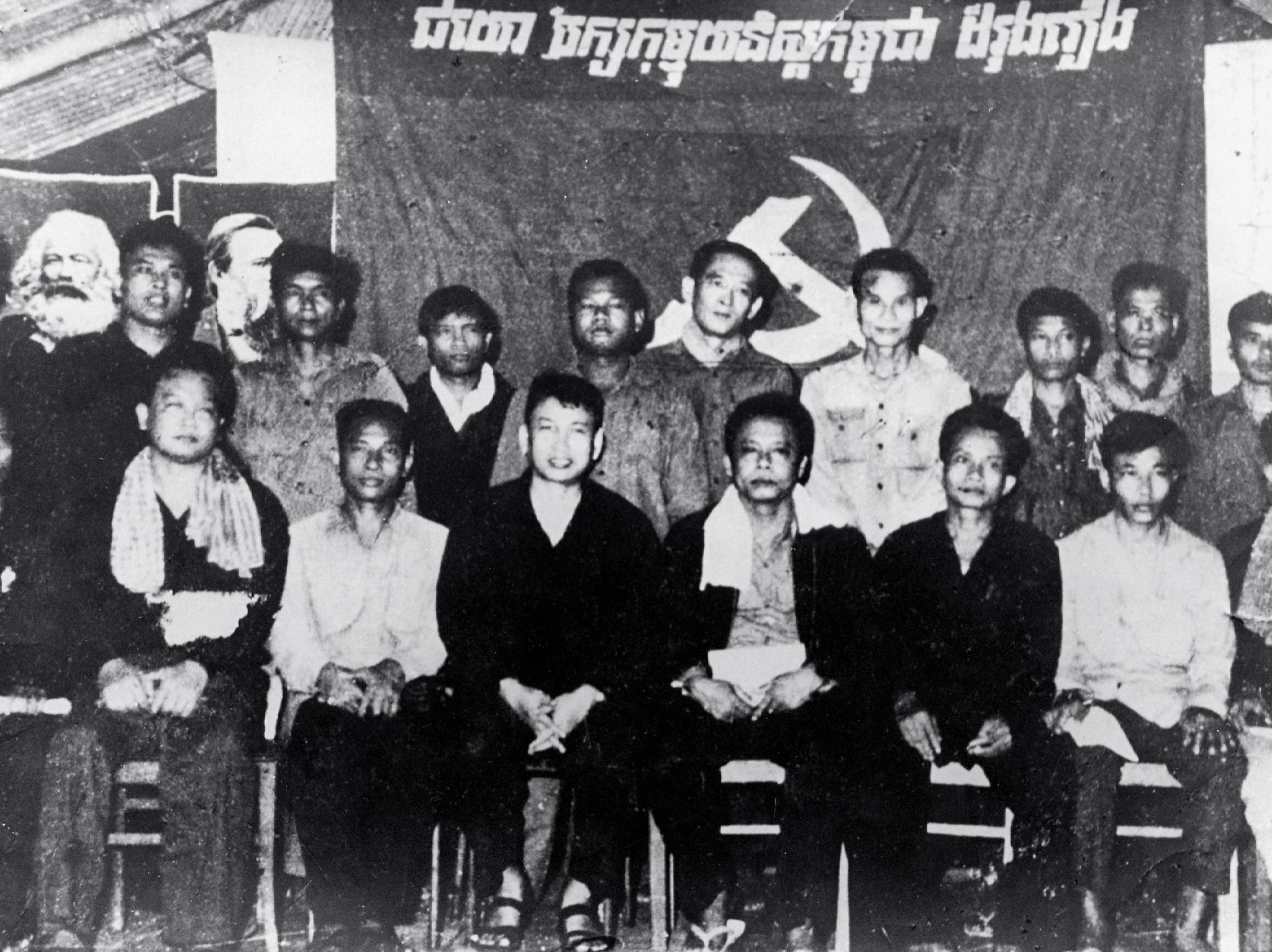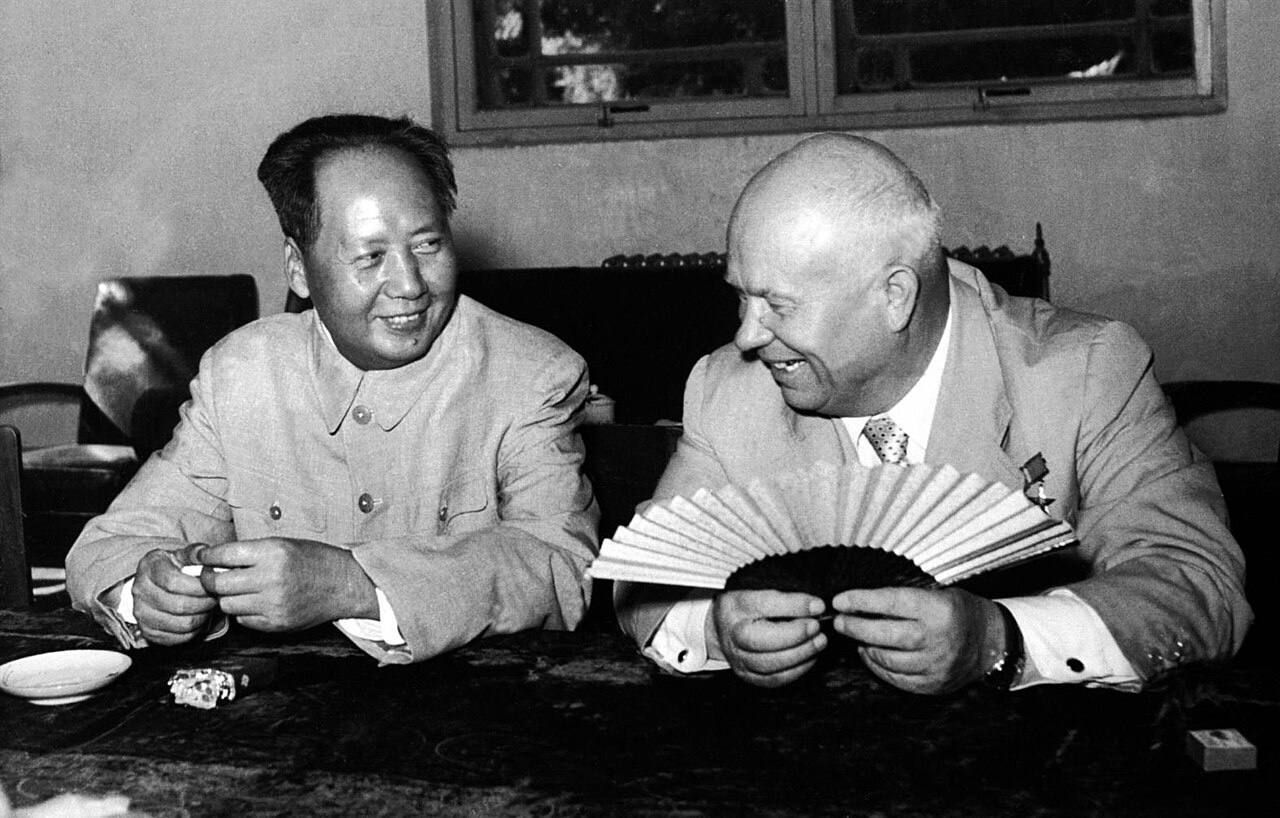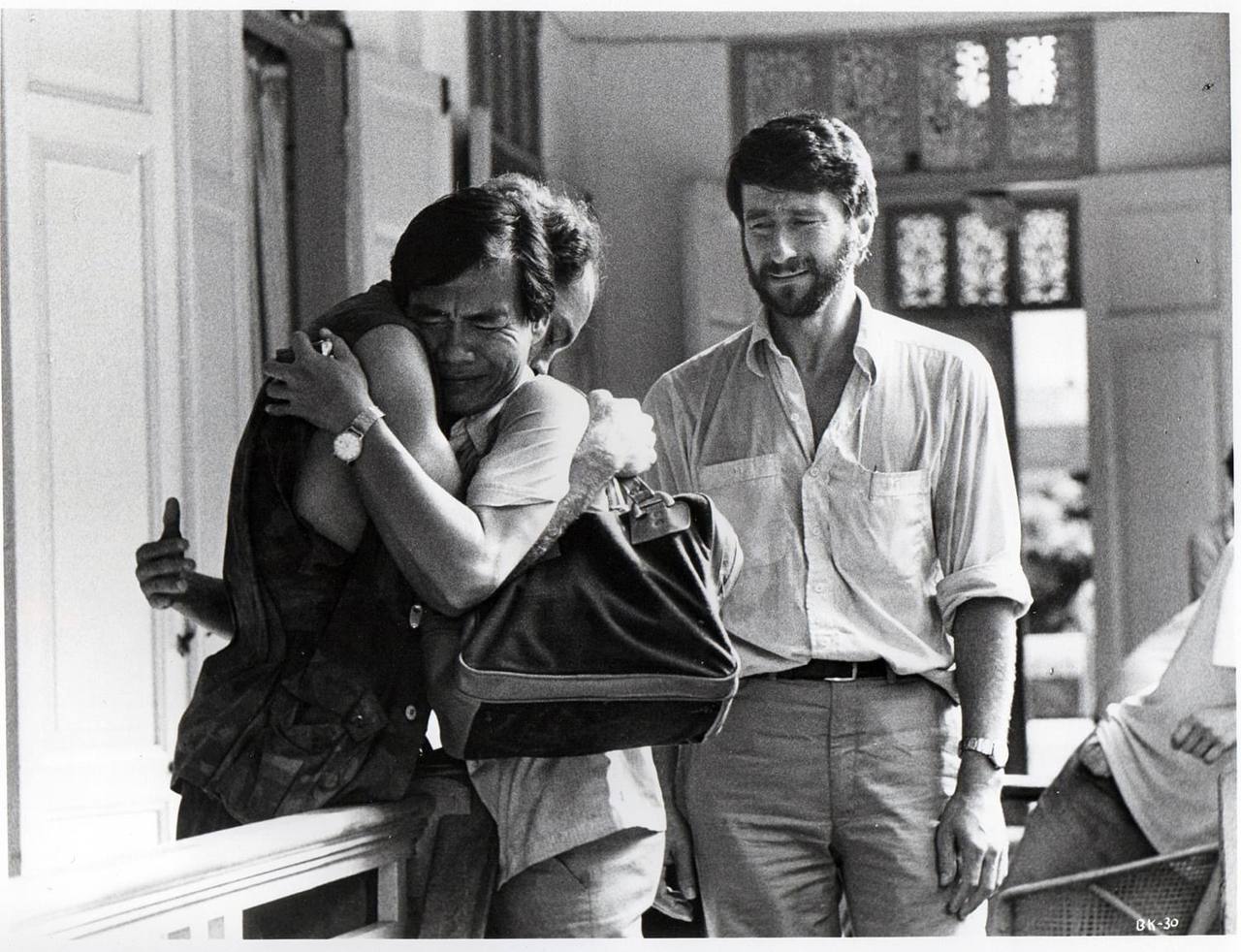The Kampuchean Peoples Revolutionary Party were one of the original communist movements within Cambodia, as well as being the forerunner of both the Khmer Rouge, as well as the current ruling Cambodian Peoples Party.
What though is the significance of the Kampuchean Peoples Revolutionary Party and what is the exact relationship between it and other organizations.
Kampuchean Peoples Revolutionary Party 1951
On June 28th 1951 the Kampuchean Peoples Revolutionary Party was formed following a split from the trans-national Indochinese Communist Party, which tellingly was dominated by the Vietnamese.
The party existed in a clandestine fashion until 1955 when a subsidiary party, namely Pracheachon was established to stand in elections, from where it had limited success.
In 1960 the party would morph into the Workers Party of Kampuchea

Workers Party of Kampuchea 1960
In the mid 1950’s two factions of the party were formed, with an urban group led by Tou Samouth and a rural section led by Sieu Heng, the later of whom would defect to the government in 1959. He duly told the government the location of much of he pray, who in turn were largely decimated, with only a few hundred remaining active.
From 28 to 30 September 1960, twenty-one leaders of the KPRP held a secret congress in a vacant room of the Phnom Penh railroad station, which in included 14 rural representatives and 7 urban ones. The rural faction duly won the party was renamed the Workers Party of Kampuchea and Too Sanmouth was elected leader.
Revisionism has often painted this as the victory of Anti-Vietnamese against pro-Vietnamese, but it can equally be seen through the prism of Maoism against Soviet communism.
Pol Pot and the Communist Party of Kampuchea
On 20 July 1962, Tou Samouth was murdered by the Cambodian government and was replaced by Pol Pot at the second conference of Workers Parry of Kampuchea. A surprise to many who had assumed Chea would have been the next leader.
Some have surmised that not only did the two have a hand in the death of Tou Sanmouth, but that Pol Pot was put up as leader at the behest of Nuon Chea to appeal to the party, with Chea holding the real power behind the throne.
Over the next 6 years and with the Khmer Rouge insurgency growing in power ties with China were straightened, with the party renaming themselves to the Communist Party of Kampuchea in 1966 at the behest of their counterparts.
Until 1979 the Communist Party of Kampuchea would remain the main communist party, save Pracheachon, who would large cease operations in 1970 following the proclamation of the anti-Communist Khmer Republic.
It was also in 1970 that the whole inusurgency would change with the deposed Sihanouk joining forces with the Khmer Rouge and forming the Royal Government of the National Union of Kampuchea (GRUNK). This would see royalist and communist forces not only unite, but eventually take over the country in 1975.

Reemergence of the Kampuchean Peoples Revolutionary Party
In early 1979 the communist defectors who would eventually overthrow the Khmer Rouge held a congress where it was decided to recreate the Kampuchean People’s Revolutionary Party as a continuation of the 1951 party, thus disavowing everything from 1960.
At the second congress in 1981 the party name was revealed, with the stated aim that it was to “to clearly distinguish it from the reactionary Pol Pot party and to underline and reassert the continuity of the party’s best traditions”.
The party would become the government of power for the new Peoples Republic of Kampuchea as the vanguard party of the state modeled on and supported by both Soviet and Vietnamese communist forces.
The party would stay in this form until country was renamed the State id Cambodia.
Cambodian Peoples Party
From 1989 through 1993 Cambodia went through various changes. Initially it was renamed the State of Cambodia before being taken over by the United Nations (UN).
In 1993 a degree of peace was achieved when elections were held. By this time the Kampuchean Peoples Revolutionary Party was renamed to the Cambodian Peoples Party (CPP) and slowly started to move away from communism,.

The Khmer Rouge though was to continue their insurgency through the last Khmer Rouge state, with the CPP being accused by them among others of still being “Vietnamese puppets”.
Pol Pot would eventually die and the last of the Khmer Rouge holdouts would surrender by 1998. Since then the country has not only been at peace, but the CPP remains in power in what is effectively a one party state, or at very best a one-party dominant state.
So, while there is no longer a communist party in Cambodia, there is still very much the remnants of both the Khmer Rouge, as well as the Kampuchean Peoples Revolutionary Party.




